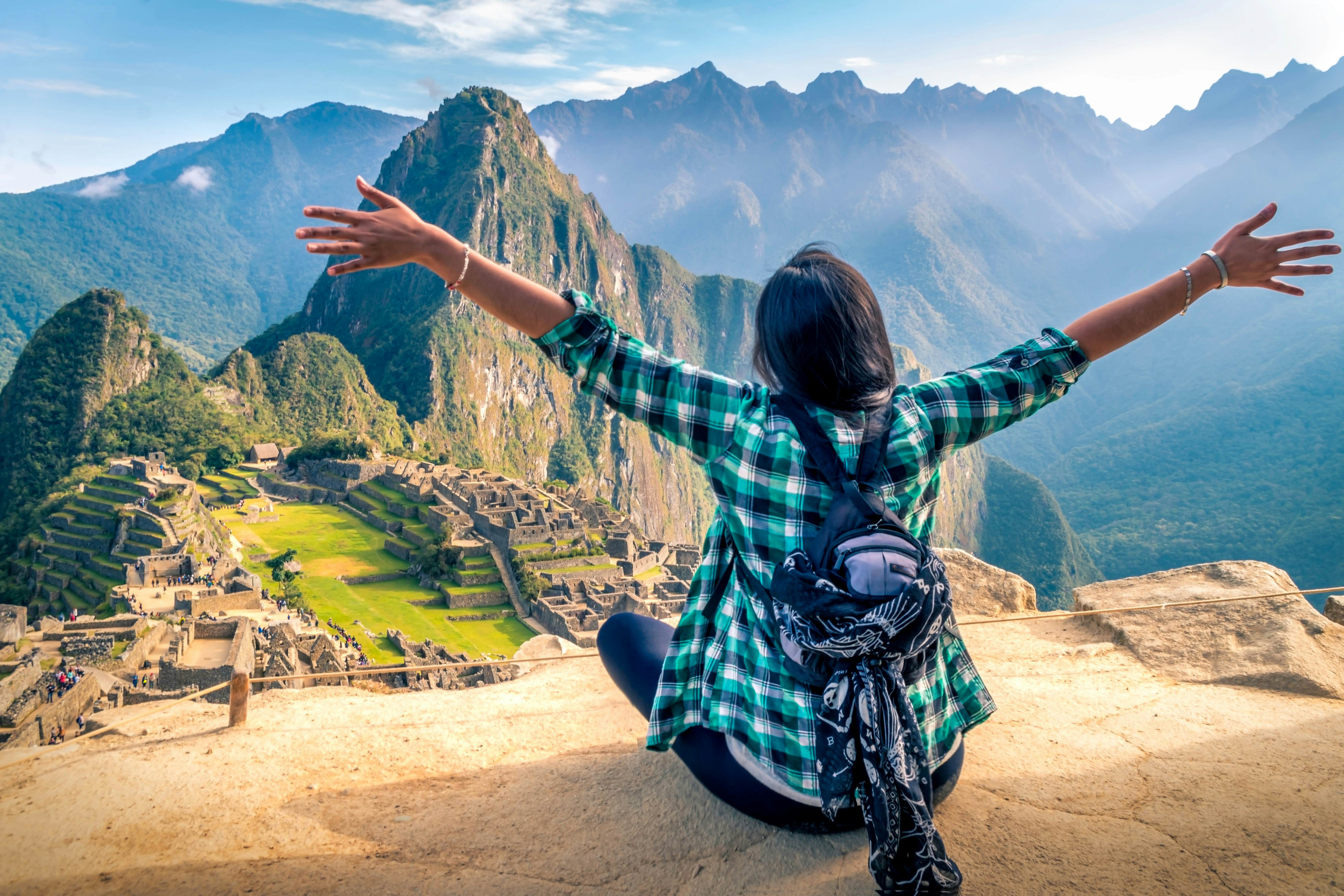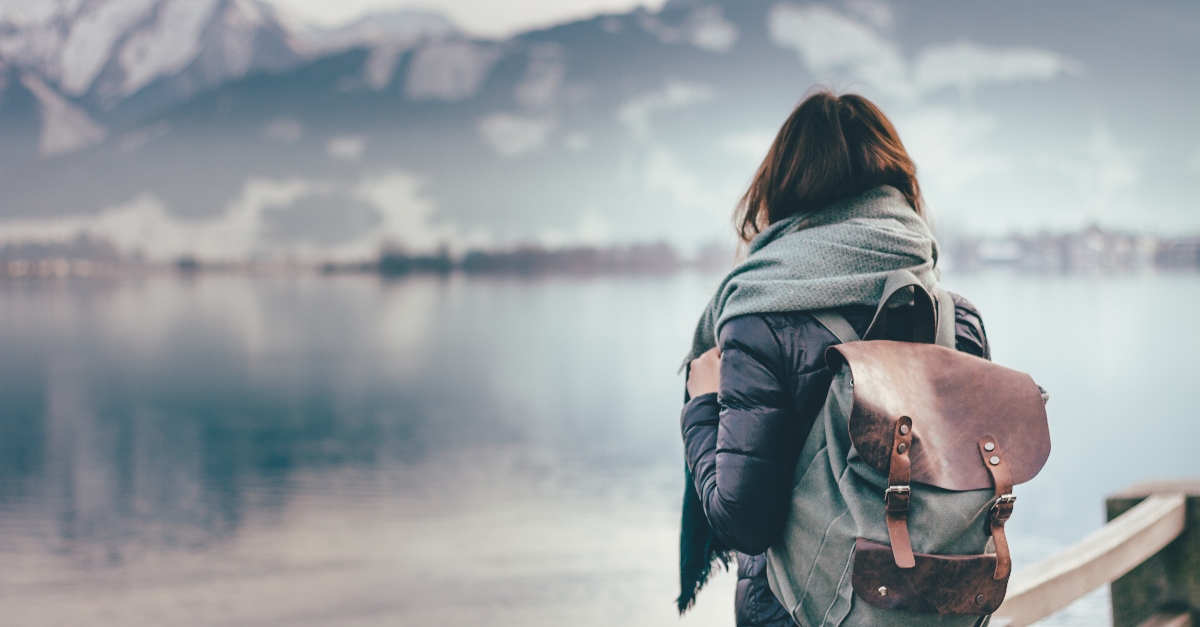Single travel over 50 is experiencing a surge in popularity, as individuals embrace the freedom and self-discovery that solo adventures offer. This isn’t just about ticking destinations off a bucket list; it’s about embracing a new chapter, forging deeper connections with oneself and the world, and rewriting the narrative of what it means to travel in later life. This exploration delves into the unique aspects of solo travel for the over-50 demographic, addressing safety concerns, logistical planning, and the profound personal growth that can come from embarking on such a journey.
From navigating practical considerations like budgeting and accommodation to fostering social connections and capturing unforgettable memories, this guide equips seasoned adventurers and first-time solo travelers with the knowledge and confidence to embark on enriching and transformative experiences. We’ll examine diverse destinations, explore various travel styles, and highlight the invaluable lessons learned along the way, inspiring readers to create their own unforgettable solo adventures.
Planning and Logistics
Planning a fulfilling solo trip over 50 requires meticulous organization and a keen eye for efficient budgeting. This involves careful consideration of travel dates, destination selection, accommodation choices, and activity planning, all while keeping a realistic budget in mind. Successful trip planning minimizes stress and maximizes enjoyment.Efficient Budgeting and Trip OrganizationEffective budgeting begins with defining a realistic travel budget.
Consider all potential expenses: flights, accommodation, activities, food, transportation, visas, travel insurance, and spending money. Utilize budgeting apps or spreadsheets to track expenses and ensure you stay within your allocated funds. Booking flights and accommodation in advance often secures better deals, and researching free or low-cost activities can significantly reduce overall costs. Consider travel during the shoulder season (the period between peak and off-peak seasons) for lower prices on flights and accommodation.
Discover the crucial elements that make wikifeet weronika sowa the top choice.
Packing light can also save on baggage fees. Prioritize experiences over material possessions; memories are priceless.
Sample Ten-Day Solo Trip Itinerary: Exploring Tuscany, Italy
This itinerary focuses on a 10-day solo trip to Tuscany, Italy, balancing cultural immersion with relaxation. Costs are estimates and may vary based on season and choices.
| Day | Activity | Estimated Cost (€) |
|---|---|---|
| 1 | Arrival in Florence, check into hotel. Evening stroll across Ponte Vecchio. | 100 (hotel, dinner) |
| 2 | Visit Uffizi Gallery, climb Duomo, explore Piazza della Signoria. | 50 (entrance fees, lunch) |
| 3 | Day trip to Siena, explore Piazza del Campo, enjoy Tuscan lunch. | 80 (transport, lunch, entrance fees) |
| 4 | Cooking class in Florence, learn to make pasta and regional specialties. | 120 (class, ingredients) |
| 5 | Travel to San Gimignano, explore the medieval town, enjoy wine tasting. | 70 (transport, wine tasting) |
| 6 | Relaxing day in the Tuscan countryside, visit a vineyard, enjoy a picnic. | 50 (picnic, vineyard tour) |
| 7 | Explore the charming town of Lucca, rent a bike and cycle the city walls. | 40 (bike rental, lunch) |
| 8 | Visit Pisa, see the Leaning Tower, explore the Piazza dei Miracoli. | 30 (entrance fees, lunch) |
| 9 | Return to Florence, enjoy a final Tuscan dinner, souvenir shopping. | 80 (dinner, souvenirs) |
| 10 | Departure from Florence. | 50 (transport to airport) |
Total estimated cost: €670 (excluding flights). This is a flexible estimate, and costs can be adjusted based on preferences and choices.
Travel Booking Methods: Package Tours vs. Independent Bookings
Package tours offer convenience and often include flights, accommodation, and some activities at a fixed price. However, they may lack flexibility and limit spontaneous exploration. Independent bookings, while requiring more planning, offer greater control over itinerary, accommodation choices, and budget. Choosing the best method depends on individual preferences and travel style. For a solo traveler over 50, the level of independence desired will be a key factor in this decision.
Transportation for Solo Travelers Over 50
Various transportation options cater to solo travelers over 50, each with advantages and disadvantages. Driving offers flexibility but requires a valid international driving permit and may be tiring on long journeys. Public transportation, such as trains and buses, is often cost-effective and convenient, especially in well-developed transportation networks. However, it might involve navigating unfamiliar systems. Taxis and ride-sharing services offer convenience but can be expensive, especially for longer distances.
The best mode of transportation depends on the destination, budget, and personal preferences. Consider factors like accessibility and ease of navigation when making your choice.
Social Interaction and Community
Solo travel after 50 offers unparalleled freedom, but the absence of familiar companions can sometimes lead to feelings of isolation. Fortunately, numerous avenues exist for fostering social connection and building community during these adventures. Overcoming any potential loneliness is key to maximizing the enjoyment and enriching the experience of solo travel.Connecting with others while traveling solo is readily achievable through proactive engagement and strategic planning.
This involves utilizing various resources and adopting a mindset that embraces interaction and shared experiences. The benefits extend beyond simply combating loneliness; forging new relationships can enhance the overall travel experience, providing support, shared memories, and enriching perspectives.
Joining Age-Specific Travel Groups and Tours
Participating in group tours or joining travel groups specifically designed for travelers over 50 offers a built-in social network. These groups often cater to specific interests, from hiking and cultural immersion to culinary tours and historical explorations. The shared age range fosters immediate common ground, reducing any potential awkwardness or generational divides. Many reputable tour operators offer such specialized trips, ensuring itineraries and pacing are appropriate for the age group.
For instance, a tour focusing on the historical sites of Italy might include manageable walking distances and comfortable accommodations, catering specifically to the needs and preferences of older travelers. The shared experiences and planned activities naturally facilitate bonding and friendship formation.
Engaging with Local Culture and Forming Meaningful Connections
Immersion in local culture presents abundant opportunities for meaningful interactions. Taking cooking classes, participating in local festivals, or volunteering at community projects provides natural avenues for engagement. Staying in locally-owned guesthouses or homestays rather than large hotels often leads to more personal interactions with hosts and other guests. For example, participating in a traditional tea ceremony in Japan, or learning to make pasta in Italy, not only provides cultural enrichment but also offers chances to interact with locals who are passionate about their heritage.
These interactions often lead to lasting connections and a deeper understanding of the local culture.
Utilizing Online Forums and Communities for Solo Travelers
The digital age provides powerful tools for connecting with fellow solo travelers. Numerous online forums and communities cater specifically to this demographic. These platforms offer opportunities to exchange travel tips, share experiences, and even arrange meetups with other solo travelers at specific destinations. Websites and social media groups dedicated to solo travel often feature threads dedicated to specific locations, allowing travelers to connect with others visiting the same area at the same time.
This can lead to spontaneous friendships and shared activities, transforming a solo trip into a series of enriching social encounters. Such online communities often provide invaluable practical advice and emotional support as well.
Health and Wellness on the Road: Single Travel Over 50

Solo travel after 50 offers unparalleled freedom and adventure, but maintaining health and well-being requires proactive planning and preparation. This section details strategies for ensuring a safe and healthy journey, addressing crucial aspects of first-aid preparedness, physical fitness, managing potential health issues, and establishing a daily wellness routine.
Packing a Comprehensive First-Aid Kit
A well-stocked first-aid kit is paramount for solo travelers, particularly those over 50. The kit should be tailored to individual needs and potential travel conditions, but a comprehensive kit should include items to address common ailments and injuries. Consider the climate and activities planned; a kit for a hiking trip in the mountains will differ significantly from one for a beach vacation.
- Pain Relief: Aspirin, ibuprofen, acetaminophen (paracetamol) – choose options suitable for your health profile.
- Antihistamines: For allergic reactions (ensure you know your specific allergy needs).
- Antidiarrheal Medication: To manage gastrointestinal upset.
- Antiseptic Wipes/Creams: For cleaning minor wounds.
- Bandages and Plasters: In various sizes and types (adhesive bandages, blister plasters).
- Antibiotic Ointment: For preventing infection in minor cuts and scrapes.
- Tweezers: For removing splinters or ticks.
- Scissors: Small, sharp scissors for cutting bandages or clothing.
- Thermometer: To monitor fever.
- Personal Medications: Include a sufficient supply of any prescription medications, along with copies of prescriptions.
Maintaining Physical Fitness and Well-being During Extended Travel
Maintaining a healthy lifestyle while traveling can be challenging, but it’s crucial for preventing illness and enjoying the experience fully. Sedentary travel can lead to muscle stiffness, weight gain, and decreased energy levels.Staying active combats these issues. Even short bursts of exercise can make a significant difference.
- Incorporate regular walks: Explore your surroundings on foot, taking advantage of opportunities for sightseeing and exercise.
- Utilize hotel gyms or fitness facilities: Many hotels offer basic gym facilities, allowing you to maintain a fitness routine.
- Pack resistance bands or portable exercise equipment: These allow for effective workouts even in limited spaces.
- Prioritize healthy eating: Choose nutritious options, even when eating out. Balance meals with plenty of fruits, vegetables, and lean proteins.
- Stay hydrated: Drink plenty of water throughout the day, especially in warmer climates.
Managing Potential Health Issues While Traveling Alone, Single travel over 50
Traveling alone requires extra preparedness for managing potential health issues. Having a plan in place can alleviate stress and ensure you receive necessary care.
- Inform someone of your itinerary: Share your travel plans with a friend or family member, including your accommodation details and planned activities.
- Travel insurance: Comprehensive travel insurance is essential, covering medical emergencies, evacuations, and other unforeseen events.
- Locate local medical facilities: Research the location of nearby hospitals, clinics, and pharmacies before you arrive at your destination.
- Learn basic phrases in the local language related to health: This can be helpful in communicating your needs in case of a medical emergency.
- Carry a copy of your medical history: Include details of any allergies, pre-existing conditions, and current medications.
Sample Daily Wellness Routine for Solo Travelers
A consistent daily routine can promote both physical and mental well-being while traveling. This sample routine can be adapted to individual needs and preferences.
- Morning: Start with a light exercise, such as a brisk walk or yoga. Follow with a healthy breakfast.
- Midday: Take a break from sightseeing to relax and hydrate. Eat a nutritious lunch.
- Afternoon/Evening: Engage in activities you enjoy, ensuring sufficient rest and relaxation. Enjoy a balanced dinner.
- Night: Wind down with a calming activity before bed, such as reading or meditation. Ensure sufficient sleep.
Embarking on solo travel over 50 is not merely a vacation; it’s a testament to personal resilience, a celebration of independence, and an opportunity for profound self-discovery. By thoughtfully planning, prioritizing safety, and embracing the unexpected, individuals can unlock a world of enriching experiences, forging lasting memories and a deeper connection with themselves and the world around them. The journey itself, with its challenges and triumphs, becomes a story worth telling, a testament to the enduring spirit of adventure that thrives well beyond the age of fifty.


